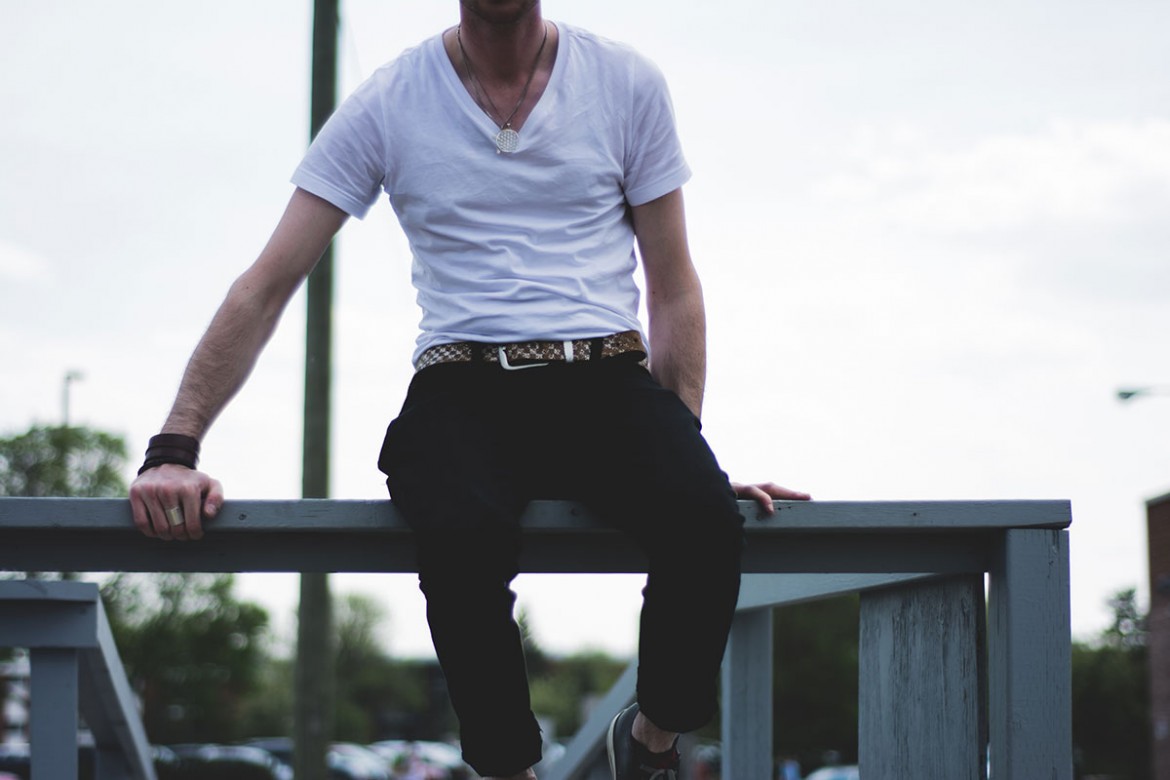Paris–Tours is a French one-day classic cycling race held every October from the outskirts of Paris to the cathedral city of Tours. It is a predominantly flat course through the Chevreuse and Loire valleys; the highest point is 200 m, at Le Gault-du-Perche. It is known as a “Sprinters’ Classic” because it frequently ends in a bunch sprint at the finsh, in Tours.
For several decades the race arrived on the 2.7 km long Avenue de Grammont, one of cycling’s best-known finishing straits, particularly renowned among sprinters.
The Eiffel Tower is acknowledged as the universal symbol of Paris and France. It was originally designed by Émile Nouguier and Maurice Koechlin. In March 1885 Gustave Eiffel, known primarily as a successful iron engineer, submitted a plan for a tower to the French Ministre du Commerce et de l’Industrie.[5] He entered a competition for students studying at the university.
In Western Europe, Paris has a maritime climate with cool winters and warm summers. The moderating effect of the Atlantic Ocean helps to temper temperature extremes in much of western Europe
Paris is well connected to the rest of Europe by train. There is no central station serving Paris and the six different stations are not connected to each other. You will probably want to know in advance at which station your train is arriving, so as to better choose a hotel and plan for transport within the city.




